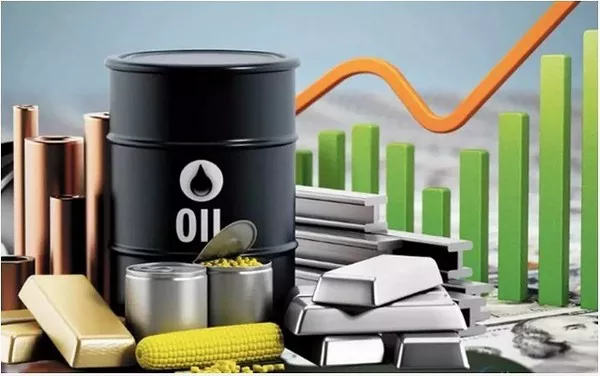Abu Dhabi National Oil Company (ADNOC) is encountering obstacles in its efforts to establish a futures contract for its Upper Zakum crude oil amid a decline in exports and shifting market dynamics.
Over the past eight months, ADNOC has experienced a steady decrease in Upper Zakum medium-sulphur crude exports, with volumes dropping from around 700,000 barrels per day (b/d) to 589,000 b/d in June, according to S&P Global Commodities at Sea data. This decline coincides with the transformation of ADNOC’s Ruwais refinery, which is now better equipped to process heavier crudes. As a result, the refinery’s ability to export lighter crudes like Murban has increased, thereby reducing the volumes of Upper Zakum available for the global market.
Upper Zakum, characterized by an API gravity of 33.9, is a medium-sulphur crude, whereas Murban, with an API of 40.5, is a lighter crude. This difference in crude quality significantly influences ADNOC’s export strategy. The reduction in Upper Zakum exports poses a challenge for establishing a viable futures contract, as the market requires sufficient trading volumes to ensure liquidity and effective price discovery. Adi Imsirovic, Director at Surrey Clean Energy, notes that volumes below 800,000 b/d may not support the necessary liquidity for a futures contract.
The Intercontinental Exchange (ICE) and ADNOC had initially planned to launch an Upper Zakum futures contract in the second half of 2023, but the rollout has been delayed with no further updates. Reduced export volumes are raising concerns about the contract’s viability among market operators. Omar Najia, Global Head of Derivatives at BB Energy, questions the utility of the contract without adequate volume to ensure price discovery.
Despite these challenges, some market observers argue that Upper Zakum could serve as a better benchmark for Middle Eastern medium-sulfur crudes compared to the lighter Murban. They suggest that Upper Zakum could potentially arbitrate against the Platts Market on Close valuation processes for regional crudes. However, such proposals remain theoretical until liquidity issues are resolved.
Looking ahead, ADNOC might have an opportunity to address these challenges through adjustments by the OPEC+ alliance. Starting in December 2023, OPEC+ plans to ease some of its production cuts, with the United Arab Emirates’ quota set to increase by 14,000 b/d initially and by 47,000 b/d per month from 2025, contingent on market conditions. This increase could provide ADNOC with the flexibility to boost Upper Zakum production, although significant market challenges would remain.
Meanwhile, Murban exports, benefiting from the Ruwais refinery’s new capabilities, have surged to 1.58 million b/d in July 2023, up from 1.19 million b/d the previous year. This rise has enhanced the liquidity of Murban’s futures contract, which achieved record trading volumes in June.
Analysts suggest that a more integrated regional strategy might be necessary to ensure the viability of a futures contract for medium-sulfur crudes like Upper Zakum. Combining Upper Zakum with other regional crudes, such as Oman and Arab Light, could potentially create a more robust futures contract and possibly a global benchmark for sulfur crudes.
The decisions made by ADNOC and other regional stakeholders over the coming months will be crucial in determining whether a viable Upper Zakum futures contract can be established or if alternative strategies will be required to navigate global oil market dynamics.


